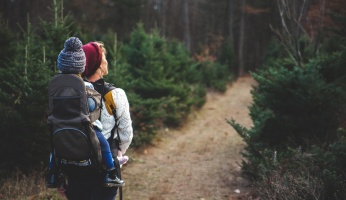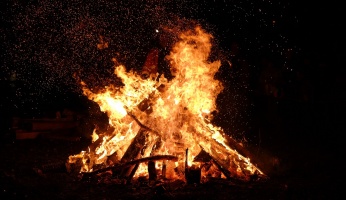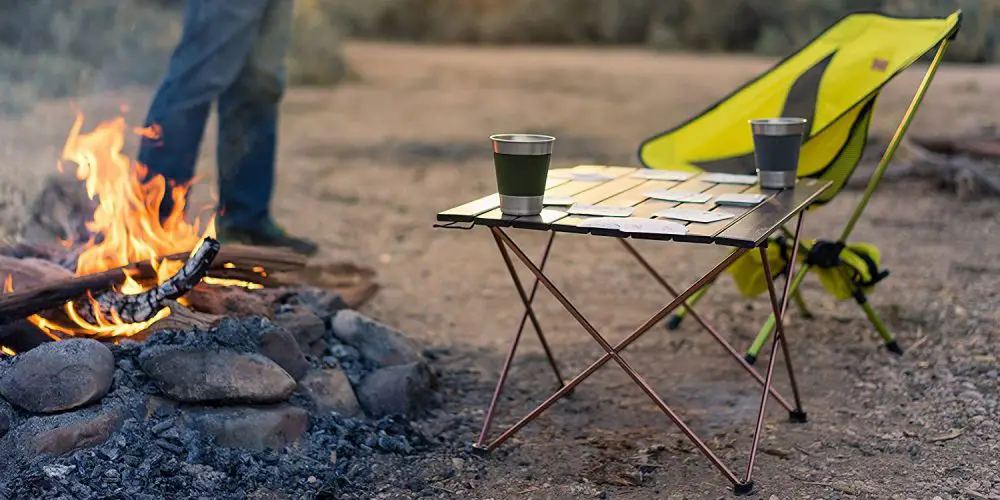How to Live off the Grid: A Complete Guide
 How to Live off the Grid: A Complete Guide
thegearhunt.com
How to Live off the Grid: A Complete Guide
thegearhunt.com
About the same time every month, millions of people in the US head to their mailboxes in search of the latest issue of their fave magazine or the comforts of an old-fashioned handwritten letter only to find those white envelopes that have the little cellophane windows. We all know about these things – bills – for the telephone, gas, water, or power. All of them conspiring to take away the money you work so hard for. For many people, paying these bills is a frustrating and tiresome chore. What if you could get away from doing this? How would you be able to? Believe it or not, there is a way, and going off the grid is becoming a choice that is more and more popular for people who might be looking for a way to reduce their carbon footprint, avoid how much they rely on fossil fuels, or just to assert their independence.
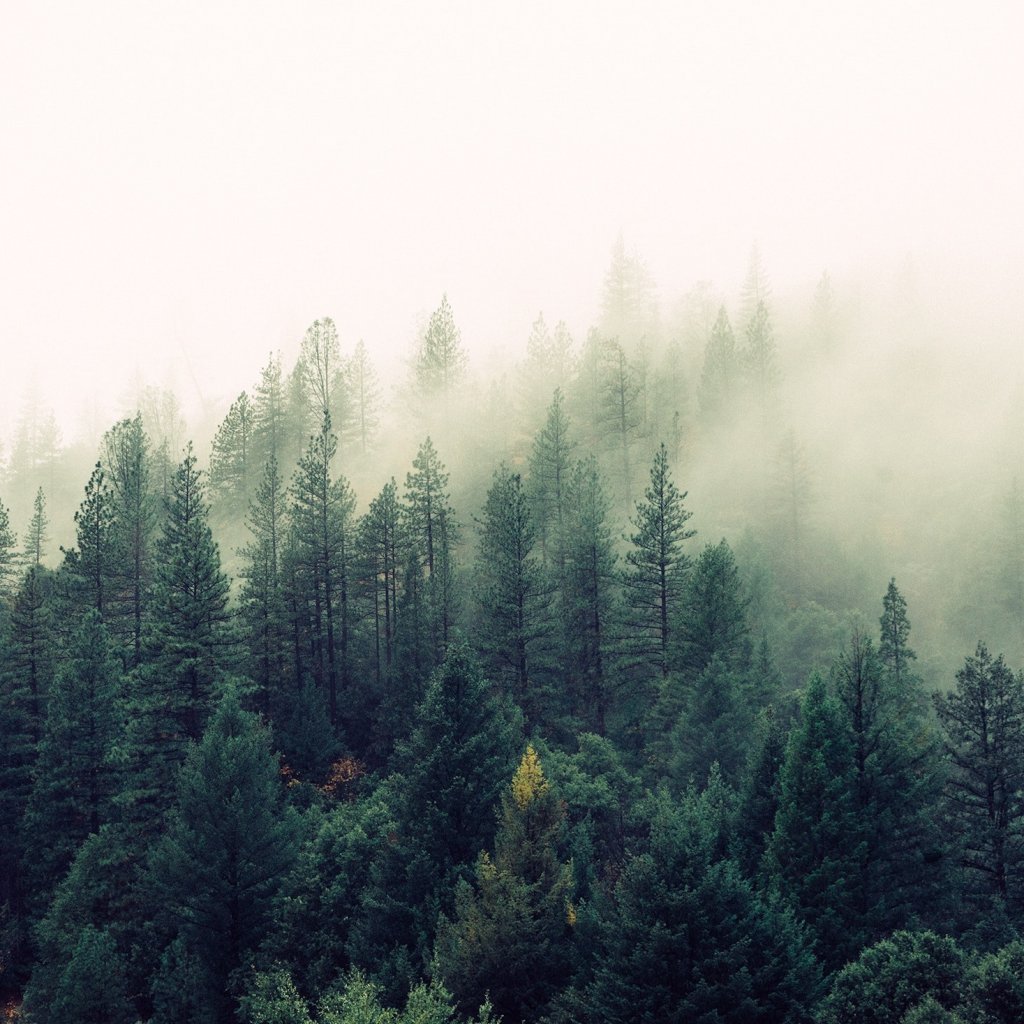
The grid is simply a colloquial name for the power grid or the linked system that is the source of power for the millions. Your typical house will be connected to telephone lines, water, natural gas, and power. Getting off the grid means that you will shun these utilities and instead, create your own. Some homeowners are just partway off the grid and ditch the telephone and power while keeping the city sewage and water. Other people choose to go completely off the grid and accomplish this by using cistern systems to catch water, digging wells, using a septic tank, and relying on solar or wind power.
It is not possible to get an accurate number for how many people in the US are living off the grid, but back in 2006, a magazine called Home Power made the estimate at more than 180,000 homes that were supplying their own power. Then, there were another 27,000 that use wind energy and solar power to offset the parts of their lives that were still connected to the grid. The movement known as ‘back to land’ accounts for some of these, but more and more people in areas that are urban and developed are also looking for ways to get off the grid. For most people, it is simply a good way to be eco-friendlier. For other people, it is a relief to not need to rely on utility companies that are already overworked in order to meet their needs.
In the following paragraphs, we will go over what it takes to completely go off the grid. We will talk about wind and solar power as well as how you can have the ability to get your water from either below or above. We will also take a look at some of the lifestyle changes that go hand in hand with going off the grid.
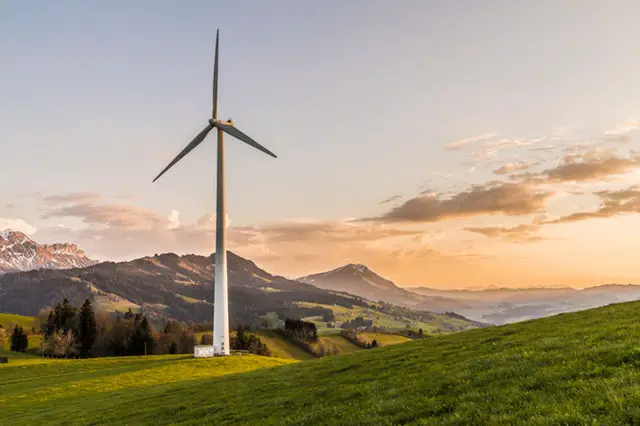 The first step to going off the grid is to get rid of your dependence of the power company. Most commonly, this is done by using the wind or the sun as a source for your power. Neither of these is a new concept, but more and more people are beginning to use these constant sources of power in order to offset or even to replace their reliance on electricity that is produced by burning coal.
The first step to going off the grid is to get rid of your dependence of the power company. Most commonly, this is done by using the wind or the sun as a source for your power. Neither of these is a new concept, but more and more people are beginning to use these constant sources of power in order to offset or even to replace their reliance on electricity that is produced by burning coal.
Residential buildings that make use of solar power will generally have photovoltaic solar panels either near the home or on the roof of the home. The panels are made up of cells made from silicon semiconductors. When the light from the sun hits these panels, the semiconductors collect that energy and knock the electrons loose in order for them to be able to freely flow. The electric field in the panel takes these electrons and then makes them flow in a single direction, which creates a direct current, or DC. This is then passed right through an inverter that just changes the DC power into the AC or alternating current, that is used by your home.
Wind power uses a similar concept. A general residential turbine will look sort of like an airplane propeller that sits on top of a tower that can be as high as 120 feet. When the wind is blowing, the blades will move and spin a shaft leading from the center of the rotor all the way to a generator. This generator will then take the energy that was produced by the rotation and turn it into power. As it is with the solar cells, the energy that is created by the wind turbines will be converted into AC power by using an inverter.
There are a lot of people who will pair their wind and solar energy with the more traditional sources of power in an effort to create a hybrid system in order to reduce their monthly bills. In cases such as these, the energy that is created will be stored by their utility company. If you produce an amount of energy that is more than what you consume, 40 states in the US will actually let you sell the energy back to your utility company. Now, if you go completely off the grid, you will need to completely cut your ties with the power company. In this instance, the energy created by the wind or the sun will be stored in a system of connected batteries as the DC type of power and then be converted to the AC type when you need it. The system of batteries will generally be located in a shed or garage near the source of power.
The cheapest and cleanest type of energy technology is wind. In 2006, the average cost for coal-burning energy per kilowatt hour was 10.4 cents. You can generate wind energy for only 3 cents for each hour when the conditions are at their peak. Also, these aren’t any greenhouse gases being produced by this type of energy. This makes it no surprise that wind-generated power is something that is becoming more and more widespread.
Sewer and Water Off the Grid
Once you have made the switch to getting your energy from the wind and sun, it will be time to get off of your city sewer and water lines. The good thing about water is that you can find it everywhere. It flows beneath you as groundwater and even falls from the sky in the form of rain or snow. You can actually tap into both of these sources when you are ready to go completely off the grid. If you pay attention to the EPA, about 15% of the homes in the US today provide their water on their own. So, why shouldn’t you decide to be one of them?
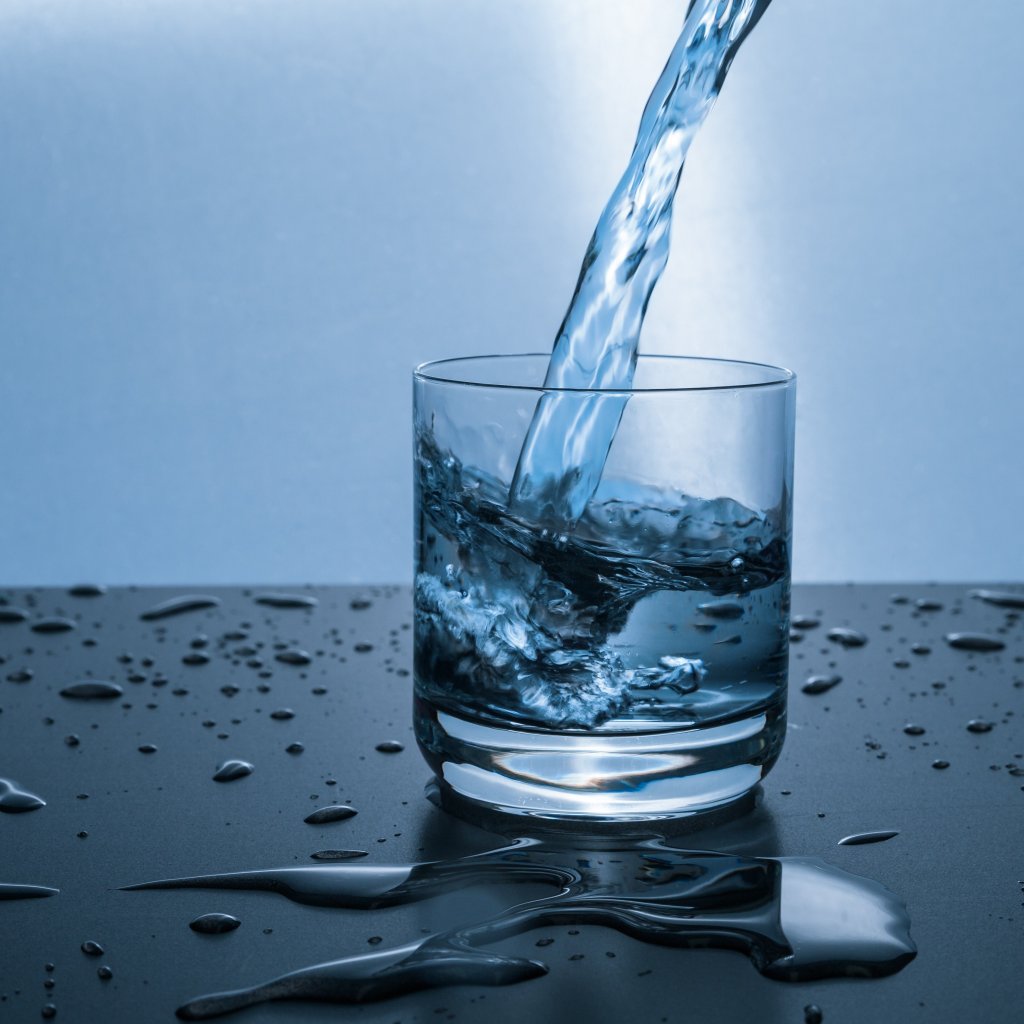 There are more than 17,000,000 houses in the US that use private wells for water. The principle is both simple and incredibly old. You will dig or drill a hole in the ground and the water will be drawn out by a pump. When it comes to private wells, there are quite a few regulations, so you need to ensure that you are using a well driller who is properly licensed. It is incredibly simple for contaminants that can be harmful to leak into the well if it isn’t drilled the right way. It typically costs anywhere from $3,000 all the way up to $15,000 to have a private well dug, depending on the depth that is needed. The deeper you have to drill, the more it will cost, but deeper wells also tend to mean cleaner water. If you want it to taste better, you can also install a filter. An added benefit to private wells is that you will have the ability to not be bound by water restrictions in the event of a drought in your area.
There are more than 17,000,000 houses in the US that use private wells for water. The principle is both simple and incredibly old. You will dig or drill a hole in the ground and the water will be drawn out by a pump. When it comes to private wells, there are quite a few regulations, so you need to ensure that you are using a well driller who is properly licensed. It is incredibly simple for contaminants that can be harmful to leak into the well if it isn’t drilled the right way. It typically costs anywhere from $3,000 all the way up to $15,000 to have a private well dug, depending on the depth that is needed. The deeper you have to drill, the more it will cost, but deeper wells also tend to mean cleaner water. If you want it to taste better, you can also install a filter. An added benefit to private wells is that you will have the ability to not be bound by water restrictions in the event of a drought in your area.
There is another way that you can get your own water. That is to harvest rain using a cistern. This is simply a tank that is used to hold water. Cistern systems for homes have large under or above ground tanks that are made from concrete, fiberglass, or steel. The water that is caught in the rain gutters of your home will be channeled right to the cistern, and then it will be pumped back to your home when you need it. If the cistern is one that is above the ground and happens to be at a height that is higher than your faucets, you will have to use the water’s weight as pressure for it to get to your home. Cisterns that are below the ground rely on a pump to get you your water. If you would like to have a cistern, you need to live in an area that gets a lot of rain. If you happen to live in an area where there is a lot of pollution, such as near a factory or an expressway, you should avoid this. If you want to have water that you can drink, it will be a good idea to have a clay or metal roof because they tend to be cleaner than shingles. You can have a shingled roof, but you might also need a pre-filtering system for the water before it gets into the cistern. If you have an interest in doing this, have a talk with one of your local green building pros.
The best way to get off the sewer line of the grid is to get a septic system installed. This is essentially a large tank made of metal that will collect and then release your waste water. Bacteria that are in the tank break down everything else, and this causes it to naturally separate into a top layer of scum, a middle layer of liquid, and a bottom layer of sludge. As the new waste water flows into the tank, the liquid that is already in the tank flows out and into an entire series of perforated pipes that are buried and that will release this water throughout a distance into what is known as a drain field. Soils then acts as a biological sort of filter that keeps harmful bacteria buried under the ground until eventually it will be absorbed as nutrients. There should be a yearly emptying and servicing by a professional to keep things in peak working condition.
Lifestyle off the Grid
By now, you are probably excited about going off the grid, yes? You are all ready to get your septic tank and solar panels. You have booked a well driller and are ready to throw those utility bills on the burn pile. However, before you do this, you should consider the lifestyle changes that go along with getting off the grid.
Even with wind and solar power, you will need to limit the electricity you use. Most of the people who have an interest in going off the grid do so because they want to reduce their carbon footprint. Conserving energy goes right along with that. With adequate wind and solar systems, you should have the ability to use most of your gadgets and electric appliances, just not necessarily all at the same time. For example, if you are using the microwave, maybe wait until it finishes before using the hairdryer. If you want to use the space heater, turn off the blender. Appliances that use a lot of power, like washing machines, need to be used at night when your other needs for power are at a minimum. True disciples of the back to land movement will not use a washer and dryer at all. A rustic alternative is to wash and dry your clothes by using your hands and a clothesline.
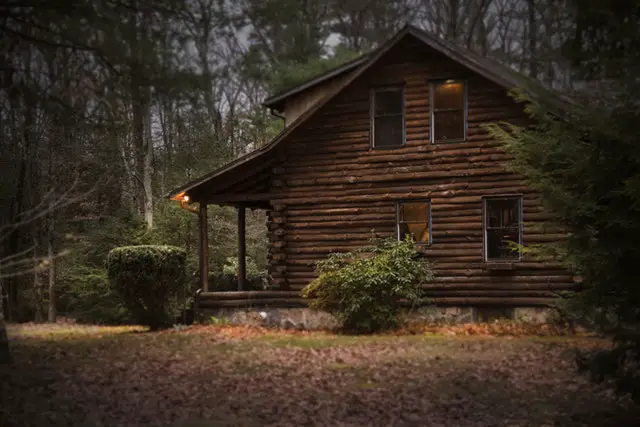 The same holds true for the water you use. When you have a cistern system, during times when there is little rain, you might want to hold off on washing dishes for a day or two, or limit how much you flush your toilet. Some people even go as far as turning off the water in the shower while they wash and lather their hair. You can also collect water that is non-potable in rain barrels if you have plants that need to be watered, to wash the dishes, or even to keep your pets from getting dehydrated without the necessity of dipping into the cistern or well.
The same holds true for the water you use. When you have a cistern system, during times when there is little rain, you might want to hold off on washing dishes for a day or two, or limit how much you flush your toilet. Some people even go as far as turning off the water in the shower while they wash and lather their hair. You can also collect water that is non-potable in rain barrels if you have plants that need to be watered, to wash the dishes, or even to keep your pets from getting dehydrated without the necessity of dipping into the cistern or well.
Appliances with Energy Star stickers are the most efficient ones you will find on the market and they are a good way to save a bit of money on your bills. When you go out to purchase new appliances, pay attention to the yellow stickers on them and compare the various ratings. Also, aside from the energy saving benefits, the government also offers rebates on appliances that are Energy Star rated, so you will be saving money too. You might also want to switch to using fluorescent light bulbs as opposed to the incandescent ones that use more energy.
If you really do go off the grid and drop out, you will more than likely not have any mail service or garbage service. While most people would welcome the lack of the masses of junk mail they get, and since you will have no utility bills, you might not notice it too much. If you want to get mail, you can get a PO Box. You can send anything you need to from your local post office.
Another consideration is the lack of garbage pickup. This can easily be solved by composting and recycling. If you purchase products wisely, you can also eliminate a good bit of garbage. You might have a goat or two and some chickens if you want milk and eggs. Have a vegetable garden. Staying away from pre-packaged foods will go a long way toward reducing the amount of plastic and paper waste you will need to get rid of. Some paper products and all organic food waste can always be composted before being fed right back into the soil. Also, most recycling centers are equipped with dumpsters for anything that isn’t recyclable.
Going off the grid is a fantastic thing, just be sure that you are ready for the commitment it requires.






